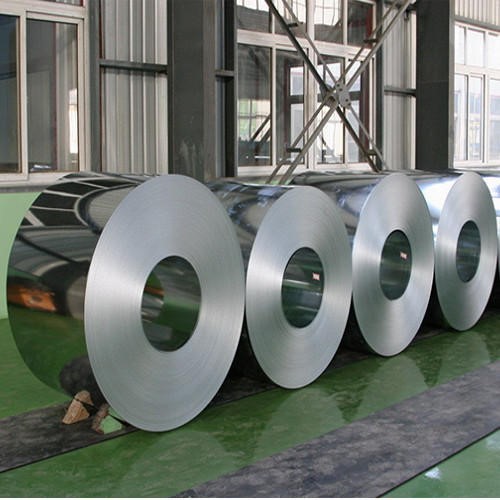US-China “Phase One” Trade Agreement signed; Aluminium Association demands structural subsidies in Phase Two
On Wednesday, January 15, the US President Donald Trump signed a partial trade deal with China aiming to resolve prevailing American concerns about Chinese trade abuses. According to a text released by the White House, the deal included several steps to strike out some practices, such as Intellectual property theft and forced technology transfers in exchange for Chinese market access, meaning the deal erased the practices that irked the US economy and trade structure.

Here are some of the deal’s core pieces:
- China needs to submit an “Action Plan to strengthen intellectual property protection” within 30 days of the agreement taking effect. The plan should include “measures that China will take to implement its obligations” and “the date by which each measure will go into effect.”
- No force or pressure should be given to a company to transfer its technology to persons of the other party. Rather, technology transfer should be based on market terms that are voluntary and reflect mutual agreement.
- China will increase purchasing US manufacturing energy, agricultural goods and services by at least $200 billion over two years.
- The deal makes commitments to try to root out the sale of counterfeit goods.
- It includes provisions to boost Chinese market access to financial services firms.
- The US revokes the decision to label China a currency manipulator.
On the signing of the “phase one” trade agreement, Lauren Wilk, the Vice President, Policy & International Trade of the Aluminium Association, said: “We congratulate President Trump and his administration on this important first step toward a more balanced trading relationship between the U.S. and China. As the parties move to the next phase of negotiations, we strongly urge negotiators to focus on addressing the unfairly subsidized overcapacity that is hurting U.S. aluminum producers – and impacting the global aluminum market.”
He added, “A 2019 study by the Organisation for Economic Cooperation and Development (OECD) documented tens of billions of dollars in government state subsidies to aluminum firms over a five-year period, mainly to a handful of aluminum-producing companies in China. It is essential to the long-term health of domestic aluminum manufacturers that China ends the structural subsidies that make it impossible for U.S. and global aluminum producers to compete on a level playing field. We were encouraged by the recent announcement by the U.S., European and Japanese governments pursuing strengthened World Trade Organization (WTO) rules addressing industrial subsidies. The Trump administration has a tremendous opportunity to support more than 160,000 American aluminum workers by pursuing bilateral and multilateral agreements to rein in unfair activity in China.”
This news is also available on our App 'AlCircle News' Android | iOS















.png/0/0)







